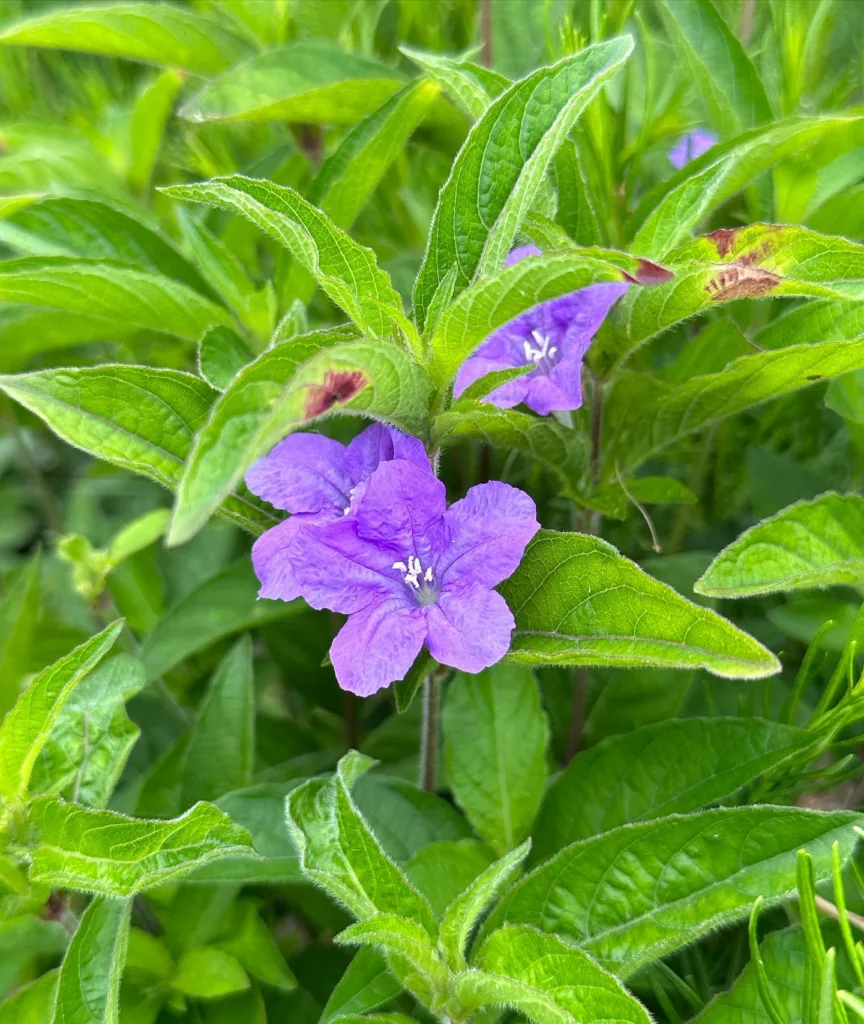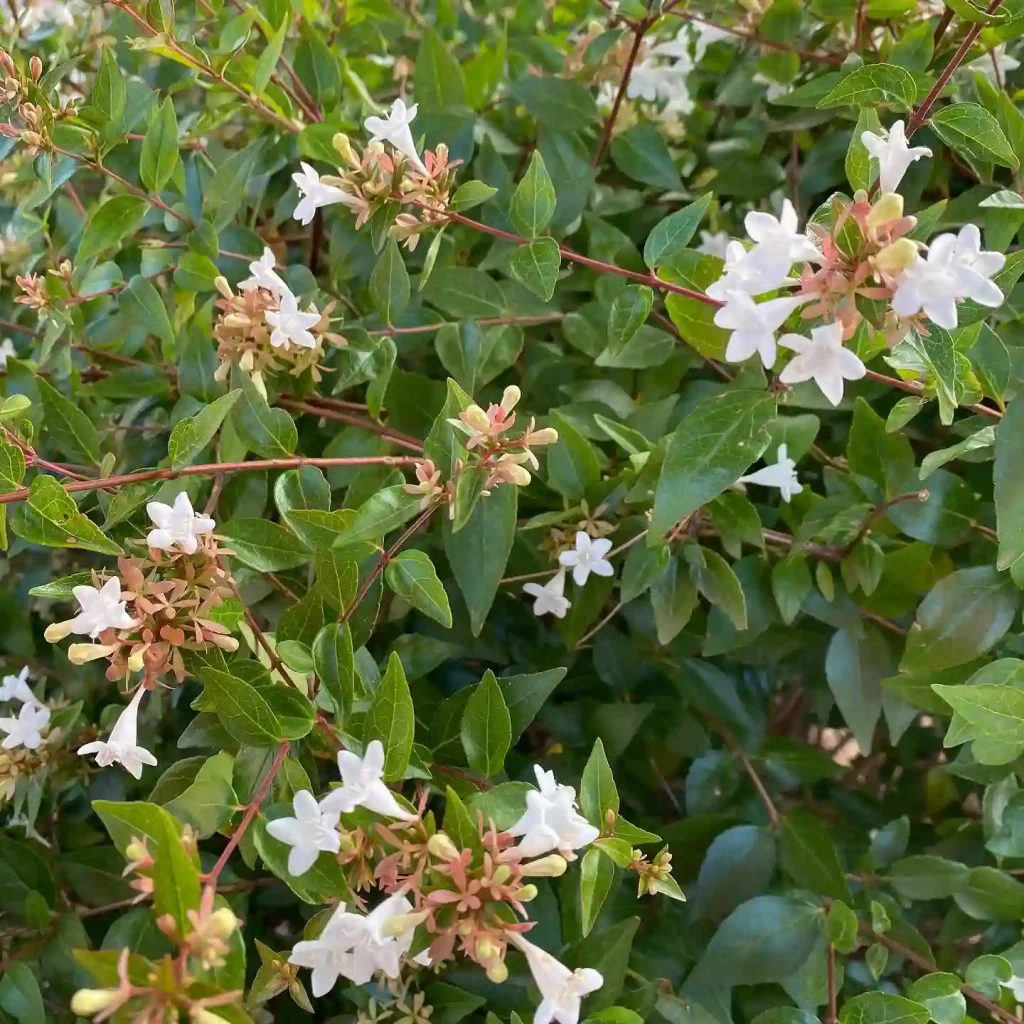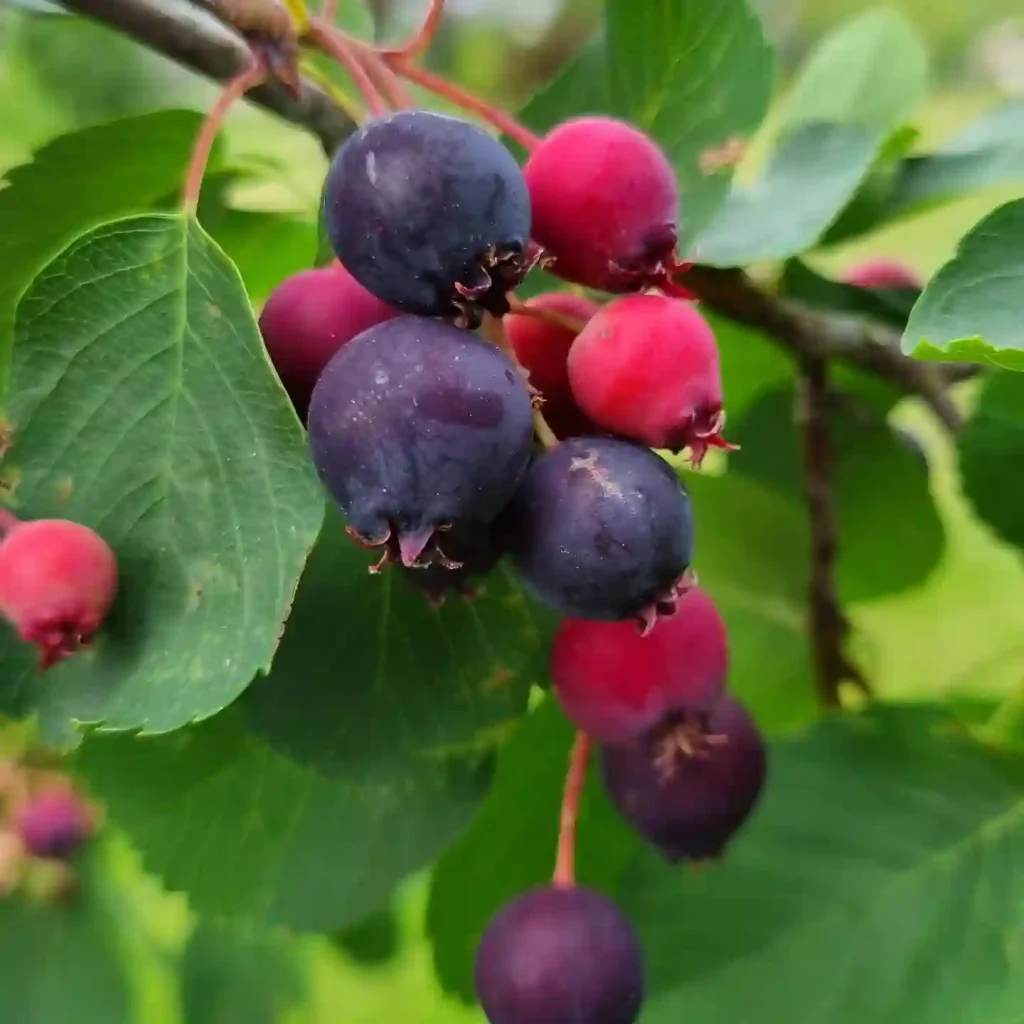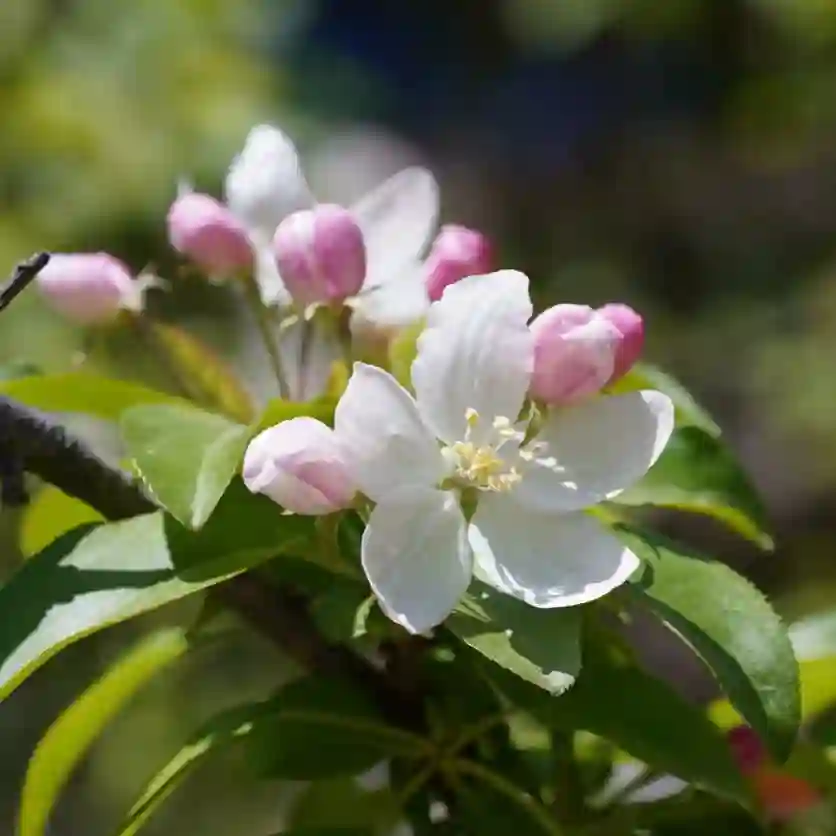Geranium Molle: The Little Wildflower with a Big Personality
I’m Ferb Vu, and I spend a lot of time outdoors. Whether I’m hiking in the mountains or tending to my native plant garden, I’m always on the lookout for interesting flora. One such plant that has caught my eye recently is Geranium molle, also known as Dove’s-foot Cranesbill.
This little wildflower might seem insignificant at first glance, but it packs a surprising punch. Let’s delve into the world of Geranium molle and answer some of the most common questions about this fascinating plant.
362 Species in Genus Geranium
What is Geranium molle?
Geranium molle is a herbaceous flowering plant belonging to the Geraniaceae family. It’s a common sight in many parts of the world, particularly in disturbed areas, wastelands, and sunny meadows. This little trooper thrives in various climates, from temperate zones to mountain regions.
Identifying Geranium molle
Spotting Geranium molle is relatively easy. Here are some key features to look for:
- Size: It’s a compact plant, usually reaching only 5-30 centimeters (2-12 inches) in height.
- Leaves: The round leaves are deeply lobed, resembling a bird’s foot (hence the name Dove’s-foot). They’re covered with soft hairs, adding a fuzzy texture.
- Flowers: Geranium molle boasts delicate, five-petaled flowers that bloom throughout spring and summer. The flowers typically range from pink to a light purple hue.
- Stems: The branching stems are often hairy as well and can be either erect or sprawling.
Is Geranium molle a weed?
This depends on your perspective. Geranium molle is a prolific self-seeder, readily spreading through its tiny seeds. In some areas, it’s considered a weed, particularly in cultivated gardens or manicured lawns.
However, in natural settings, Geranium molle plays a valuable role. It helps prevent soil erosion, attracts beneficial pollinators like bees and butterflies, and can be an indicator of healthy, well-drained soil.
Geranium Molle vs Geranium Pusillum
When I compared Geranium Molle to Geranium Pusillum in my garden, I found Geranium Molle to be more robust and adaptable, flourishing in a variety of conditions, while Geranium Pusillum had a more delicate appearance and struggled a bit with less than ideal soil.
Can I grow Geranium molle in my garden?
Absolutely! Geranium molle is a low-maintenance plant that thrives in sunny locations with well-drained soil. It tolerates some drought conditions and doesn’t require frequent feeding.
While it might self-seed readily, its compact size and delicate flowers make it a charming addition to a wildflower garden or rockery. Just be mindful of its potential to spread if you have a meticulously landscaped yard.
Geranium molle vs. Geranium maculatum (Wild Geranium)
Both Geranium molle and Geranium maculatum (Wild Geranium) are members of the Geranium family, but they have distinct characteristics. Here’s a quick comparison:
- Size: Geranium maculatum is a larger plant, reaching heights of 30-90 centimeters (1-3 feet).
- Leaves: Geranium maculatum has deeply lobed leaves with pointed tips, whereas Geranium molle’s leaves are rounder and softer.
- Flowers: Wild Geranium boasts larger, magenta-colored flowers with darker veins. Geranium molle has smaller, pink or light purple flowers.
- Habitat: Geranium maculatum prefers woodlands and shady areas, while Geranium molle thrives in sunny, disturbed sites.
Uses of Geranium molle
Traditionally, Geranium molle has been used in various herbal remedies. However, it’s important to note that I am not a medical professional, and you should always consult with a doctor before using any plant for medicinal purposes.
Additionally, Geranium molle can be a valuable addition to natural dyes. The leaves and flowers can be used to create a range of subtle pink and purple hues.
Geranium molle: A Resilient Little Charmer
Geranium molle might be a small wildflower, but it’s a survivor. Its adaptability, ease of care, and delicate beauty make it a welcome addition to any garden that embraces a touch of wildness. So, the next time you’re outdoors, keep an eye out for Geranium molle. You might just be surprised by the charm of this little wildflower.
If i die, water my plants!



